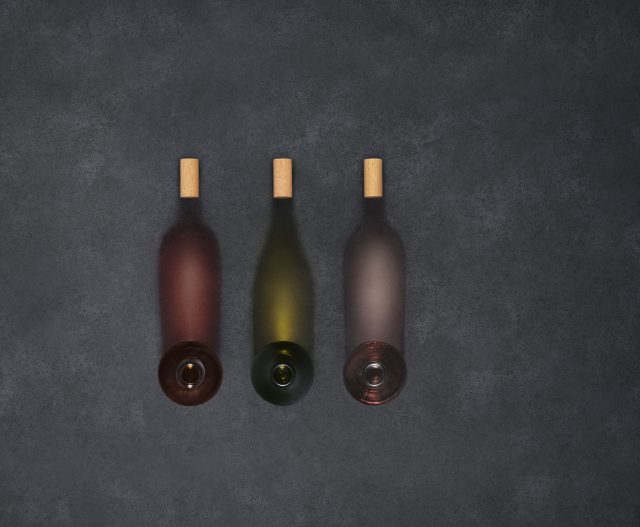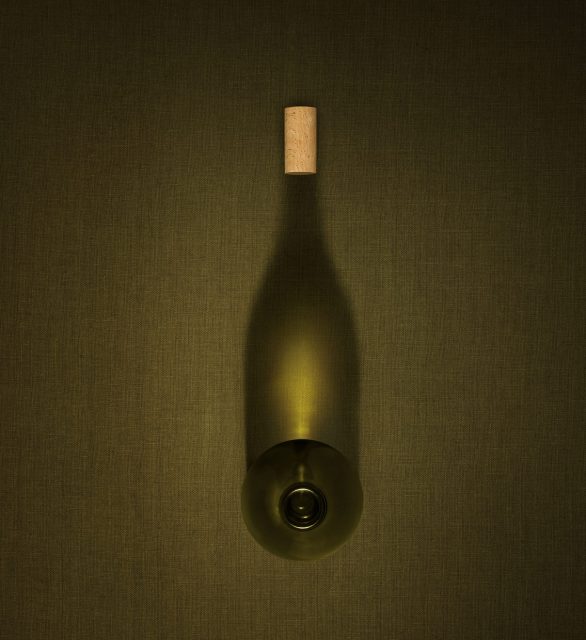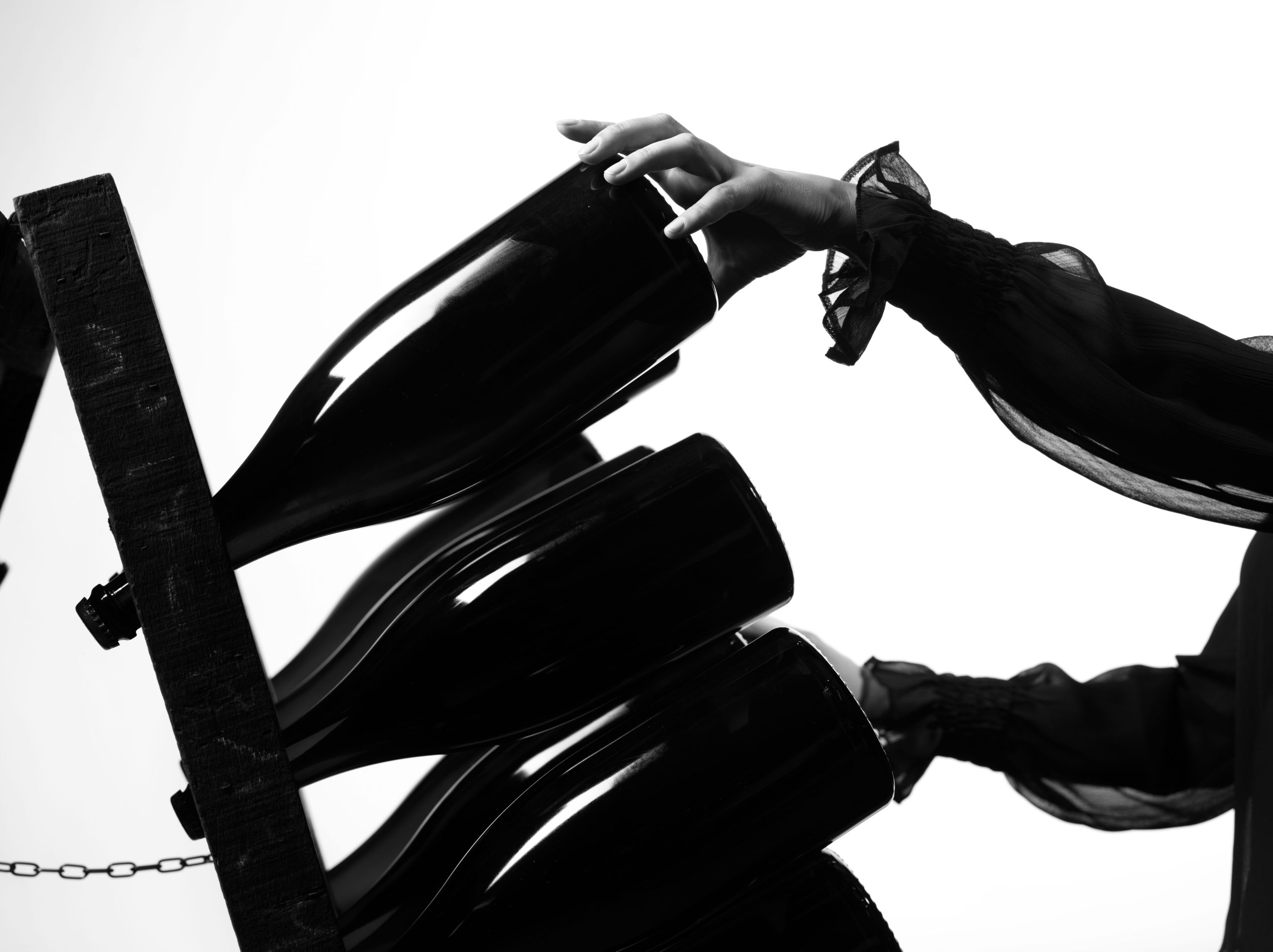The perfect symbiosis of traditional wine packaging
The combination of cork and glass is helping the wine industry become more sustainable and reduce both its carbon footprint and waste.

The latest report from the Intergovernmental Panel on Climate Change (IPCC) warns that immediate and deep reductions of greenhouse gas emissions are needed to avert a climate crisis, and the wine industry is responding by looking for ways to cut its collective carbon footprint. Perhaps surprisingly, one crucial way the industry can do this is by using the traditional materials of cork and glass to package wines.
Natural cork stoppers and glass bottles have long been and remain the gold standard for packaging in the wine industry; together, they are ideal for protecting and aging fine wine and are preferred by wine trade and consumers. Now, new data from audited studies on cork’s true carbon footprint combined with innovations in glass production and increased recycling show that this combination is also the most eco-friendly.
As a foraged rather than a cultivated material, cork bark is a 100% renewable natural resource. The harvesting of the bark does not damage but improves the health of the tree. After the harvest, the bark regenerates for the next 9 years until the next harvest, while continuously removing CO2 from the atmosphere. A single tree can be harvested up to 20 times and capture 20 tons of CO2 over its 200-plus year lifetime.
A Cork Quality Council (CQC) review of audited life cycle assessment studies of cork found that an average wine cork has a negative carbon footprint of -5 grams, but the net amount is -276 grams per cork when the biogenic carbon cycle of cork oak forests is included, as is specifically allowed under EU Product Environmental Footprint Category Rules (PEFCR) which incorporate ISO life cycle assessment (LCA) standards (14040/44). This number is substantially higher for champagne and certain other types of corks.
Cork’s partner in packaging is glass. Like cork, glass is a 100% natural material, made from sand, soda ash, and limestone. It is also the only beverage packaging material that is endlessly recyclable back to its original use without any loss of quality. According to the Glass Packaging Institute (GPI), about 40% of US wine bottles are recycled. The institute is leading activities to increase that amount because more recycled glass means less carbon used in glass production. At the same time, glass manufacturers are reducing CO2 emissions through the increased use of green energy sources.
Still, due to shipping weight and energy used in production, bottles are one of the main contributors to a winery’s GHGE. Peer-reviewed life cycle assessments independently conducted by the US-based GPI and the European Container Glass Federation show that it takes about 500gr of CO2 to produce an average wine bottle at a 40% recycle rate. Therefore, over 50% of the emissions attributable to the bottle can be recouped solely by sealing the bottle with a cork, and much more depending on the type of cork used and the weight of the bottle.
Partner Content
Sustainability is not merely about CO2 reduction. An additional important benefit of traditional wine packaging is the reduction of end-use waste. As a 100% organic material, cork is both biodegradable and recyclable into a variety of products from shoe soles to industrial materials; glass, a natural but inorganic material, is easily recycled but cannot be put into compost bins. The one place you do not want to put either of them is the trash, but even if discarded both materials remain safe and stable and do not release harmful chemicals as they decompose.
In combination, cork and glass are a fundamental part of a winery’s sustainability statement. For cork forests to be valued and protected, the bark must be harvested and used, and cork stoppers are the highest value product of the bark. But cork stoppers have no place in wine packaging without glass bottles. When a natural cork is used to close a glass bottle, the energy consumed by the production and shipping of the packaging is redeemed by the massive carbon sink of the cork forest. It is a perfect symbiotic relationship that benefits the wine, the experience of drinking wine, and the planet.

About Colangelo & Partners
Colangelo & Partners is the leading fine wine and spirits-focused PR agency in the US offering five basic services: press relations, social media/ influencer marketing, event marketing, trade relations, and content marketing. With main offices in New York and San Francisco, Colangelo & Partners has an international team of PR professionals who are technically trained and certified in wine and spirits as well as the disciplines of communications.
Related news
Muriel Wines' portfolio stays true to its Rioja roots
Wynns John Riddoch: representing the ‘ultimate selection’
The vineyard-centred approach earning renown at Bodegas Ysios




